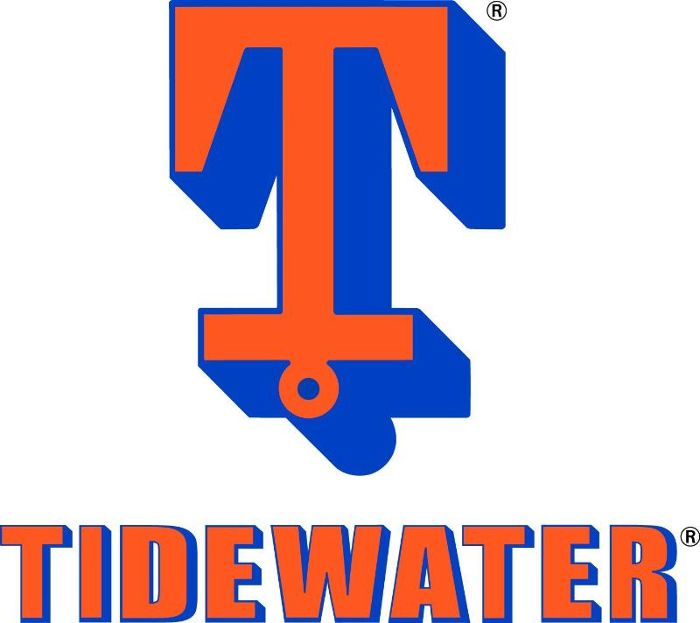Back in January, I wrote about Tidewater (TDW – USA) which will be the largest global player in offshore service vessels (OSVs) once it completes its merger with Gulfmark Offshore (GLF – USA). At the time, the offshore oil sector was despised by equity investors who assumed that it would never come back. As I noted in an update in July, shale isn’t the panacea that everyone thought it would be. This is part of the reason that oil prices are increasing—shale supply is falling short of expectations. I think we’re now at that inflection point where big oil suddenly realizes that offshore is a lot more attractive than shale and spending floods back offshore.
[activistinvesting]
Q3 hedge fund letters, conference, scoops etc
I made this point back in July and noted that I had purchased shares of Ensco (ESV – USA) and Noble (NE – USA), which are up 18% and 19% respectively since I wrote that article—I still own them. Rather than doing a victory lap, I thought it would be better to talk about Tidewater.
When I speak about Tidewater, most investors’ eyes glass over. They are convinced that there’s sufficient OSV supply to meet any increase in demand, leading to no recovery in rates. To a certain extent, this is true. However, not all boats are equal. If a boat has been cold stacked since 2014 or is older than 15 years, it isn’t coming back. The reactivation costs are too high. If it is owned by a small operator (10 or less vessels) it won’t be first in line to get contracts unless its vessels have been maintained throughout the slump and the safety record is pristine. How many small operators can say that they’ve kept up on maintenance while they’ve been buried in debt? Finally, offshore operators want only DP2 or higher specification vessels, obsoleting hundreds of vessels that are still quite serviceable.
During the downturn, the offshore drillers consolidated. There are fewer of them and they can be more selective. They want to know that if their drilling operation is costing them a few hundred thousand dollars a day, they’re not going to be sitting there with downtime because an OSV has had engine troubles. They want to know that if they need excess capacity in a pinch, a big operator like Tidewater can add a vessel on short notice (or no notice). These are the competitive advantages that the biggest players have. No one is going to go with a 2nd tier operator to save $2,000 a day—yet about two thirds of the global fleet is owned by smaller players. These guys had demand when oil was $100 and there was a shortage of modern OSVs. By the time these 2nd tier operators’ fleets are needed again, they will have been out of service for more than 5 years—they aren’t coming back by that point.
Despite plenty of analysts noting that there are ~3,500 OSVs out there with ~300 still being built and demand for only ~2,000 OSVs today, I’d make the case that the market is a lot tighter than those numbers would imply as over 1,000 of these OSVs are not coming back into service. Of the ~300 under construction, probably less than half will be completed. In reality, the glut is probably between 200 and 600 OSVs. Basically, we need 50 rigs to go back to work in the next 12 months for the market to get tight, then as modern cold stacked OSVs are reactivated, we need about 50 more rigs coming back to work over the subsequent two years. Basically, if 100 rigs get contracts in the next 3 years, Tidewater is a multi-bagger—these aren’t heroic assumptions by any means. For a point of reference, at the peak in 2014, there were about 700 operating rigs, compared with 428 of them that were operating as of July 2018.
As I read recent contracting news, I am suddenly seeing stories about rigs going back to work. While commentators talk about the day rates being anemic and the drill programs being short, they miss the point; rigs are going back to work. Demand is coming back for OSVs to service these rigs.
When I wrote about Tidewater back in January, this was all theoretical—I was effectively buying a very cheap and low risk call option on an offshore recovery. Now this is becoming reality, yet the price of Tidewater is only up 10%–which I know is silly when you look at the recovery that is occurring.
In early 2019, Tidewater will see an inflection where utilization gets above 80% and pricing starts to pick up. We’re almost there. By the time that happens, the shares will likely be trading at closer to $100 than $30. If Tidewater traded at historic multiples of fleet value, we’d be looking at nearly $200 a share. If I’m wrong on this, I probably won’t lose much as the shares traded in the mid-$20’s while crude was in the $50s and demand was lackluster. I like situations where I risk about 20% to make many times my money. This is why Tidewater is my second largest position and why I added to it aggressively in the past few days. I think it’s finally Tidewater time.
Disclosure: Funds that I manage are long Tidewater, Tidewater warrants, Ensco and Noble
Article by Adventures in Capitalism

